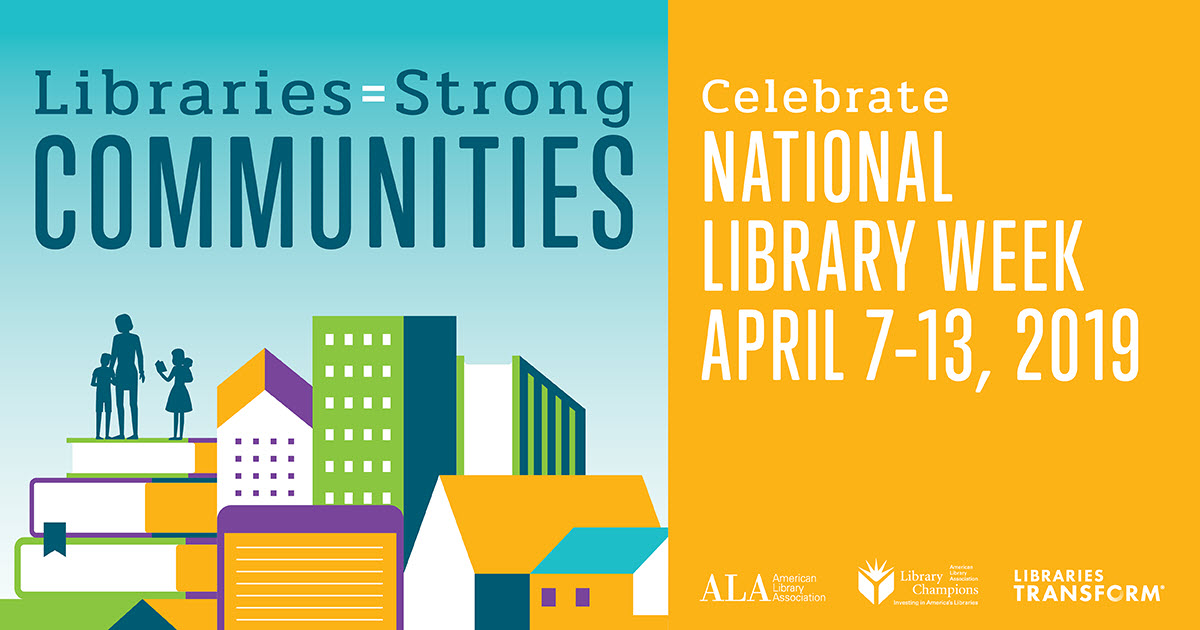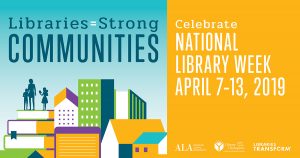
 Have a brand new shiny teaching credential, and looking for a place to put it to work?
Have a brand new shiny teaching credential, and looking for a place to put it to work?
If you are a recently— or about-to-be—graduated teacher, there are excellent resources to help you identify strong potential job markets. The same holds true for experienced teachers, although they typically have stronger access to hiring tips and trends through the grapevine of their colleagues, unions, and professional associations.
Key considerations for choosing a job location
While employment demand—or anticipated job openings—is a critical consideration, choosing a new work and living location involves other factors as well; two are wages and cost of living. Annual median wages (this is the wage point at which half of the workers in an occupation earn less and half earn more) vary considerably across the U.S.—from a high of $82,000 to a low of $34,000. Starting salaries will typically be considerably lower for beginning teachers. Cost of living is a key consideration when evaluating wage data; a high salary sounds great, but if your rent, food costs, and other necessities are also very high, the numbers add up to a wash.
Employment trends for teachers
As with many occupations in the U.S., there will be a large wave of teacher retirements as baby boomers age out of the workforce. Teacher shortages are expected to be most acute in high population states including CA, TX, FL, GA, and NY.
Teaching specialties overall that are in particular demand include special education, science, math, bilingual teachers; you can see which teaching specialties are particularly in demand in every state as reported by the U.S. Department of Education.
Employment of teachers is projected to grow about as fast as the average for all occupations. Rising student enrollment should increase demand for teachers, but employment growth will vary by region. Opportunities are likely to be better in urban and rural school districts than in suburban school districts.
Employment growth may depend on state and local government budgets. If state and local governments experience budget deficits, school boards may lay off employees, including teachers. As a result, employment growth of teachers may be reduced by state and local government budget deficits. Conversely, budget surpluses at the state and local level could lead to additional employment growth for high school teachers.
Strong hiring markets – High school teachers
Strong demand for teachers at all levels is indicated in the southwest and southeast United States now and for the next several years’ projections.
For high school teachers, the states with the highest employment level in this occupation are:
Top paying states for high school teachers:
Data on teacher employment and wages is from the Bureau of Labor Statistics. You can also find data on the cities that have the highest number of teachers and positions, as well as cities where teachers earn the highest salaries.
Learn more on CareerOneStop’s Occupational Profile for Secondary School Teachers.
Strong hiring markets – Elementary school teachers
States with the highest employment level of Elementary School Teachers:
Top paying states for Elementary School Teachers:
Data on teacher employment and wages is from the Bureau of Labor Statistics. You can also find data on the cities that have the highest number of teachers and positions, as well as cities where teachers earn the highest salaries.
Learn more on CareerOneStop’s Occupational Profile for Elementary School and Kindergarten Teachers.
You can find more about projections for teacher employment, current wages, and cost of living indicators – on CareerOneStop’s Available Workforce tool.




 Course subjects range from computer software and data management to preventing dementia and improving learning outcomes, or topics such as foreign languages and healthy living.
Course subjects range from computer software and data management to preventing dementia and improving learning outcomes, or topics such as foreign languages and healthy living.


 Have a brand new shiny teaching credential, and looking for a place to put it to work?
Have a brand new shiny teaching credential, and looking for a place to put it to work?
 Looking for a career where you can train on the job and have a good path for advancement? Healthcare may be the right field for you.
Looking for a career where you can train on the job and have a good path for advancement? Healthcare may be the right field for you.
 The
The 
 And this week is a great week to celebrate the libraries in your community. It’s
And this week is a great week to celebrate the libraries in your community. It’s 
 If you’ve applied for a job in recent years, especially at a large company, your application has undoubtedly encountered an Applicant Tracking System (ATS). The ATS searches job applications for keywords deemed critical to the job.
If you’ve applied for a job in recent years, especially at a large company, your application has undoubtedly encountered an Applicant Tracking System (ATS). The ATS searches job applications for keywords deemed critical to the job.
 The construction industry is growing. Today, nearly 7 million workers are employed in construction, and after shedding nearly a million jobs between 2006 and 2016, the industry is
The construction industry is growing. Today, nearly 7 million workers are employed in construction, and after shedding nearly a million jobs between 2006 and 2016, the industry is 
 The
The